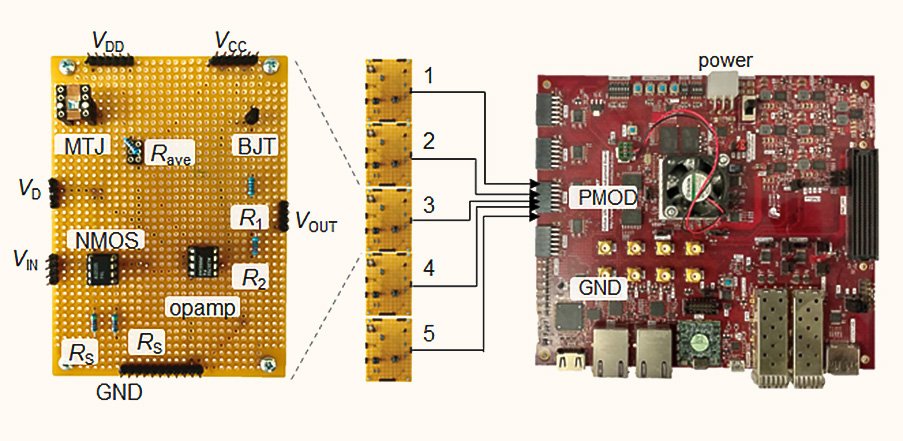29 November 2021| Clarence Landcare and active community members are battling to save native birds and mammals from an invasive bird species which is threatening to dominate the Clarence Valley landscape.
Clarence Landcare has received a $50,000 grant from the Landcare Led Bushfire Recovery Grants Program to humanely trap and euthanise scores of Indian (common) myna birds, an aggressive pest species.
Project Coordinator Laura Noble said the funding has been used to hire three casual employees (herself included) to provide traps and support to property owners in Grafton and further afield who want to do something about the feral birds. They provide training to the community in how to use the traps as well as education in the correct identification of the Indian myna bird.
“To date, we are supporting 56 trappers on their private properties,” said Laura.
Using their funding, the landcarers have also purchased and converted three large aviary traps to take to farms, piggeries and dairies where flocks of Indian myna birds are known to gather.
“The funding from the Landcare Led Bushfire Recovery Grants Program has enabled Clarence Landcare to continue to service these aviary traps and in the three months since August 2021, over 370 mynas have been removed, of which a third of this number was contributed by the use of the aviary traps,” said Laura.
“Indian mynas thrive in rural landscapes where agricultural activities provide them with a variety of habitats and feeding options. They often congregate near cattle farms and dairies to take advantage of accessible feedlots. Stables and yards with poultry coops are also prime scavenging areas for the species,” she said.
Known as “flying rats,” or the “cane toads of the sky,” India mynas are listed among the top 100 most invasive species in the world by the International Union for Conservation of Nature. During nesting time, they are prolific breeders and will take over the local area, including native bird nests and tree hollows, pushing out and killing other species in the hunt for habitat and food sources.
“Indian mynas will also fight over nest boxes, which have been created and installed by the local community since the bushfires to give birds and mammals more shelter,” said Laura.
“Wildlife was impacted significantly when 50 per cent of the Clarence Catchment was burned out during the 2019-20 bushfires. Particularly hard hit was habitat, especially trees with nesting hollows as old growth trees can take over 100 years to become hollow-bearing.
Controlling Indian myna birds will benefit over 63 species that depend on hollows, including threatened native birds such as masked owls, barking owls and glossy black cockatoos. But it goes further than birds. Many other animals such as sugar gliders, snakes, frogs, micro bats and possums also use hollows,” she added.
“While no one likes the idea of putting birds down, trapping is the most effective way of reducing the impact of the destructive Indian myna bird and the vital thing is to do it humanely and ethically,” she said.
She noted that when numbers of Indian myna birds are reduced in an area, they don’t readily come back. “Interestingly, in some cases, those birds which are left know when an area isn’t safe and they don’t hang around. They are clever birds,” she said.
Funded by the Australian Government, the $14 million Landcare Led Bushfire Recovery Grants are supporting projects in regions affected by the Black Summer bushfires of 2019-20.
The project is jointly managed by Landcare Australia and the National Landcare Network and delivered by Landcare NSW, Queensland Water and Land Carers, Landcare ACT, Landcare Victoria and the Landcare Association of South Australia to build capacity and support Landcare and community groups, land owners and others for improved delivery of bushfire recovery actions. More info here: https://landcareledbushfiregrants.org.au/



